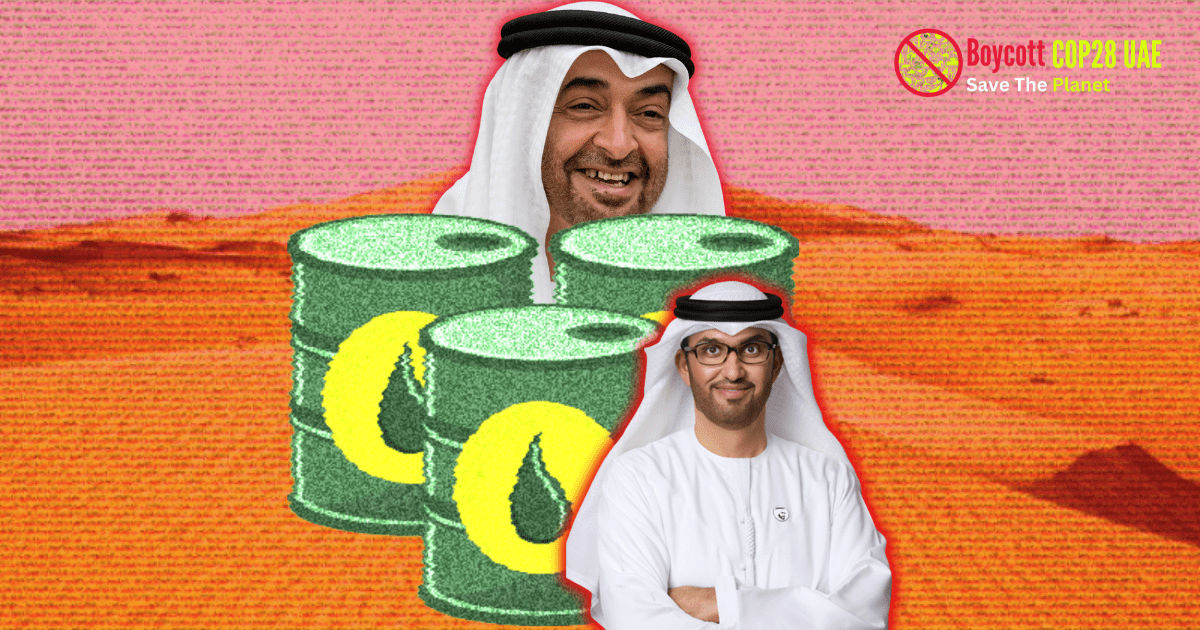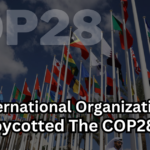The United Arab Emirates (UAE) is a collection of seven coastal Arab states located in the southeastern corner of the Arabian Peninsula. It is one of the most rapidly developing countries in the world. They are currently enjoying immense economic and tourist growth in the past few decades. Unfortunately, this rapid development has also brought several environmental issues and ecological challenges to it. There are plenty of key environmental issues in the UAE due to the exploitation of natural resources. Even though UAE tries to put up a good image of itself, these problems are likely to rise even more. They are not ready to come up with good solutions due to their greed for power.
Climate Change: The Biggest Environmental Threat
The biggest environmental threat to the UAE is climate change. It is made worse by the country’s high consumption of fossil fuels and vulnerability to rising sea levels. The UAE is particularly dependent on oil, which generates over 80% of its electricity. Due to this, it is one of the highest contributing countries to global warming in the Middle East.
As UAE urban centers become denser and developments become bigger, the local temperatures are rising. Moreover, they are expected to continue to rise over the next few years. Additionally, the UAE’s position on the Arabian Peninsula makes it vulnerable to rising sea levels that could decrease water availability. The damage to coastal areas will only create new health risks in the region.
Another major environmental issue in the UAE is desertification. The region is prone to sandstorms and dust clouds due to the country’s harsh desert climate. This has caused widespread disturbance to the local wildlife, leading to the loss of valuable resources. Desertification has been further exacerbated by the increasing construction of large cities. This is making the environment too hot and dry for plants and animals to survive in. Additionally, the coastal areas have been heavily impacted by urban development.
UAE Fails To Take The Environmental Issues
The United Arab Emirates (UAE) is considered one of the world’s most advanced countries in terms of growth and development, yet it is far behind in dealing with its environmental issues. This can be due to a variety of factors, all of which play a role in the UAE’s inability to take action.
First and foremost, the UAE’s booming economic growth and population expansion have put tremendous pressure on its environmental resources. With the country being a major hub for commerce and industry, the energy demand is increasing year by year. This has led to an overuse of fossil fuels, resulting in pollution and exacerbating climate change. Similarly, large-scale developments of infrastructure projects, such as airports and mega-projects, have further aggravated the pressure on ecosystems. Even the natural habitats within the UAE are disrupting their delicate equilibrium.
Another factor behind the UAE’s lack of environmental protection is the absence of an effective regulation and monitoring system. The UAE has a patchy history with environmental regulations, and compliance is weak. Moreover, there is an inadequate number of environmental experts, specialists, and regulators to enforce existing regulations. It is leading to a lack of enforcement and accountability. The lack of transparency and accountability makes it difficult for environmental activists and citizens to build public pressure. There is no successful lobby for environmental change which is bringing even more harm.
Why Government Is At Fault?
The government is at fault for its failure to combat environmental issues. With an economic focus leaning heavily on the exploitation of resources, the environment is seen as a lesser priority. They ensure a high national GDP, resulting in fewer incentives and funding for green initiatives. This lack of investment has resulted in the slow progress of green and renewable energy technological advancements. It also leads to a lesser information, public education, and awareness.
Finally, the UAE’s geographic location has made it vulnerable to the impacts of climate change. With rising temperatures and a declining amount of freshwater resources, many problems are coming. Both climate-specific and non-climate-specific related problems have put a strain on the environment. For example, the rising sea levels, desertification, and water scarcity have all contributed to environmental degradation in the UAE. Without appropriate intervention and adaptation, it will be difficult for the UAE to make significant progress in tackling environmental issues.






